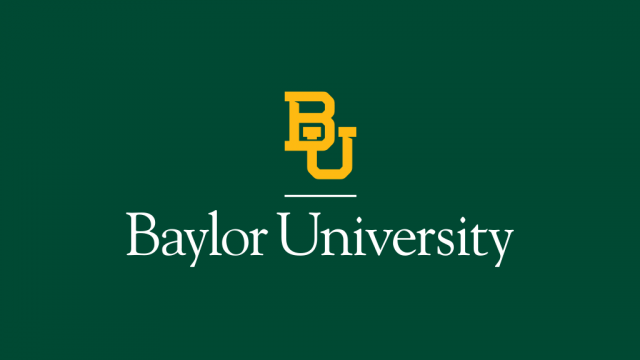Newswise — A flurry of Internet sites are touting raw egg drinks or shakes as “primal and powerful,” with others suggesting uncooked eggs be blended with vanilla or avocado for a tasty, healthy snack and insisting that the connection between raw eggs and salmonella is a myth.
Suzy Weems, Ph.D., a national food expert and chair of Baylor University’s family and consumer sciences department, has this word for health-seekers: Leave no egg uncooked.
“Under no circumstances eat a raw egg,” says Weems, a registered dietitian and a past chair of the American Dietetic Association’s legislative and public policy committee.
While only a fraction of a percentage of eggs are contaminated, virtually every egg has had some contact with salmonella. Because the bacteria can cause disease — including food poisoning accompanied by fever, diarrhea or dehydration — “it’s best to be proactive,” Weems said.
Extolling the virtues of raw eggs is nothing new, with nutrition guru/bodybuilding promoter Bernarr Macfadden advocating them in the 1890s. Modern proponents contend that heating the egg changes its chemical shape and destroys many of its nutrients and proteins.
“The protein profile in eggs is used as the standard for all other proteins, because it’s complete enough to allow baby chickens to develop based on the nutrients. It’s that good,” Weems said. “But we don’t need all of that. If you cook it, it’s safe, the protein is still there, and it makes it easier to digest.”
Relatively few people would be tempted to wolf down a raw egg, but those who love eating raw cookie dough need to be aware that it, too, is risky because it contains uncooked eggs, she said.
“There are a lot of old recipes floating around that call for raw eggs, but people need to realize if the recipe is based on one from when Grandma gathered her eggs, then Grandma gathered them locally. There wasn’t much of a time lag,” Weems said. “Now, eggs are much more likely to sit for a time before being used, and that gives salmonella the chance to grow.”
Risk of salmonella contamination lessens with eggs from cage-free, organically fed chickens, and salmonella generally is not life-threatening, Weems said. Most at risk are children, senior citizens, pregnant women and people with compromised immune systems.
“I’m totally for people eating an ‘incredible edible egg,’” Weems said. “Just make sure it’s cooked.”Tips for buying and preparing eggs.• Always purchase from a refrigerated case. Check the expiration date and do not buy eggs with cracked shells.• Refrigerate eggs as soon as possible in the coldest part of the refrigerator, not in the door. Once taken out of the refrigerator for use, they should not be left out for more than two hours.• After blending raw eggs with other ingredients, cook immediately — or refrigerate the combination and cook within 24 hours.• When preparing breakfast eggs, yolks should be cooked until firm; scrambled eggs should not be runny. Casseroles should be cooked to an internal temperature of at least 160 Fahrenheit.
Weems’ professional expertise spans wellness, weight management, diabetes care, eating disorders and cardiovascular health. She is a certified specialist in sports dietetics. As a consulting dietitian, she has worked for hospitals and extended-care facilities across Texas, with experience in diverse geographical, cultural, ethnic and socioeconomic venues. She is a past president of Texas Dietetic Association.
ABOUT BAYLORBaylor University is a private Christian university and a nationally ranked research institution, classified as such with “high research activity” by the Carnegie Foundation for the Advancement of Teaching. The university provides a vibrant campus community for approximately 15,000 students by blending interdisciplinary research with an international reputation for educational excellence and a faculty commitment to teaching and scholarship. Chartered in 1845 by the Republic of Texas through the efforts of Baptist pioneers, Baylor is the oldest continually operating university in Texas. Located in Waco, Baylor welcomes students from all 50 states and more than 80 countries to study a broad range of degrees among its 11 nationally recognized academic divisions.
